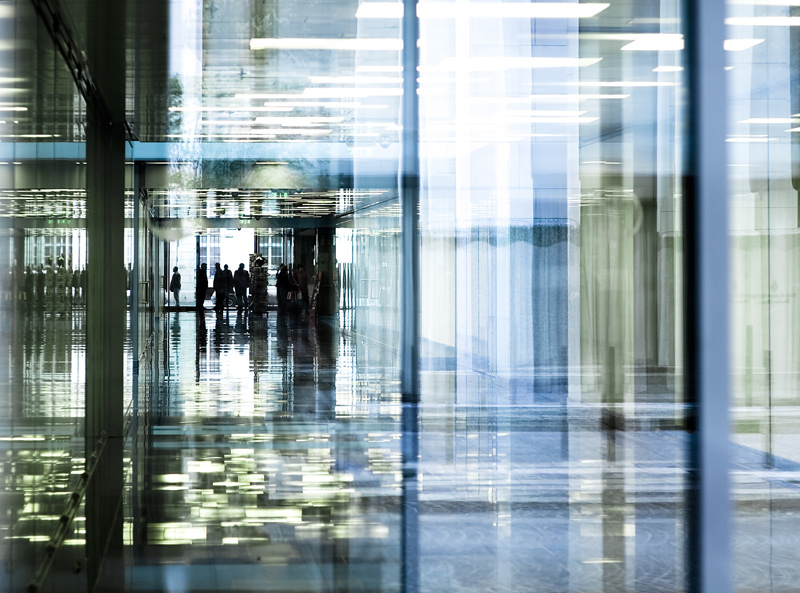This morning, the U.S. Department of State issued the October Visa Bulletin, which shows modest gains under the Final Action Dates chart. China saw the biggest movement in the EB-3 category, a move of 4.5 months. Similarly, India saw its biggest gain of 3 months in the EB-3 category. All other countries, including Mexico, Philippines, Vietnam, El Salvador, Guatemala, and Honduras, which had retrogression in the EB-3 category, are now current.
The primary question is whether USCIS will direct applicants to use the Final Action Dates chart, as they normally do, or the Dates for Filing chart. If it’s the latter, then many additional priority dates will become current, especially in EB-3 for India, which moved more than 5 years from the September Visa Bulletin. EB-1 for China and India also saw significant movement of about 2.5 years. USCIS will advise on which chart to use no later than October 1, 2020.
This surge in dates coincides with a significant change in the fee structure for USCIS. The biggest change in the permanent residency process is the unbundling of fees for I-485 Adjustment of Status. Until the end of September, the I-485 filing fee is $1140, which includes applications for an EAD card for work and advance parole for travel. Starting October 1, 2020, USCIS will unbundle that I-485 fee and require additional fees for EAD cards and advance parole. The EAD application will require a $550 government fee, and the advance parole application fee will be $590.
If USCIS uses the Dates for Filing chart, there will be a massive surge in applications for Adjustment of Status, many of which will include the additional fees of $550 and $590 for EAD cards and advance parole, respectively. Considering that many thousands of new cases would be filed in a very short period of time, it’s possible future visa bulletins could retrogress many dates that were current under the October Visa Bulletin, which would create a scenario wherein applicants are required to pay those $550 and $590 fees annually to maintain their EAD cards and advance parole.
We are watching the visa bulletin closely and will send an announcement once USCIS indicates which chart will be used for permanent residence applications.

